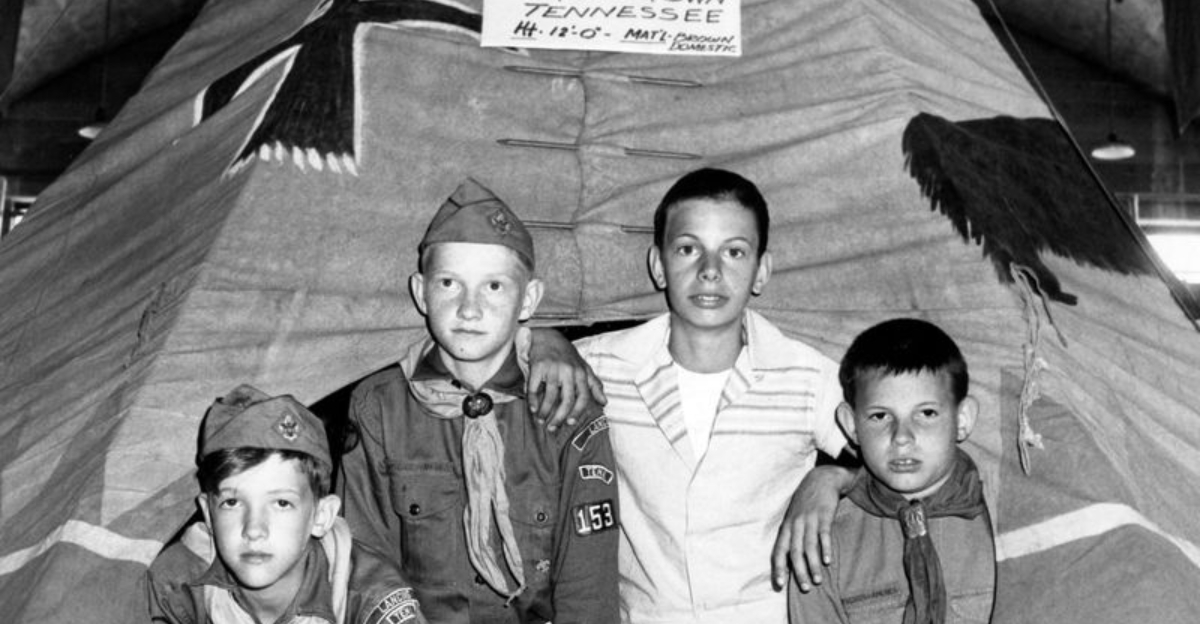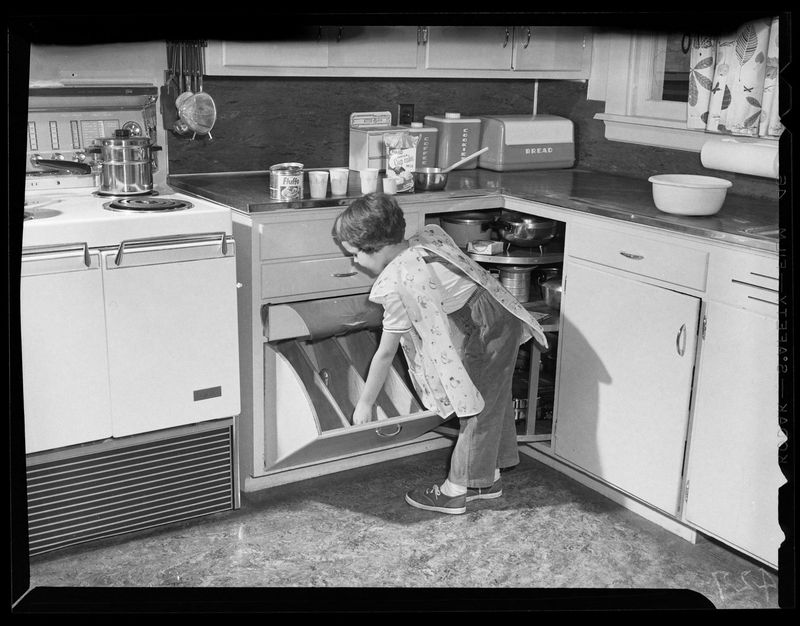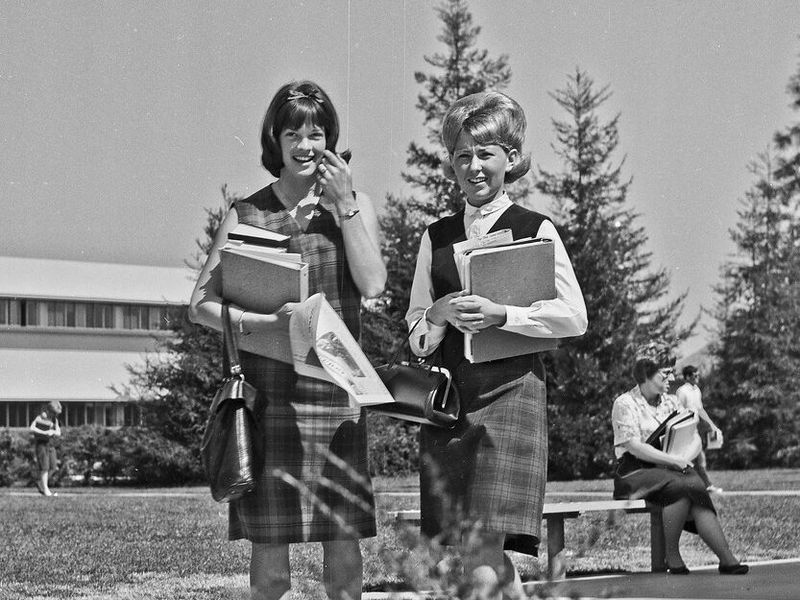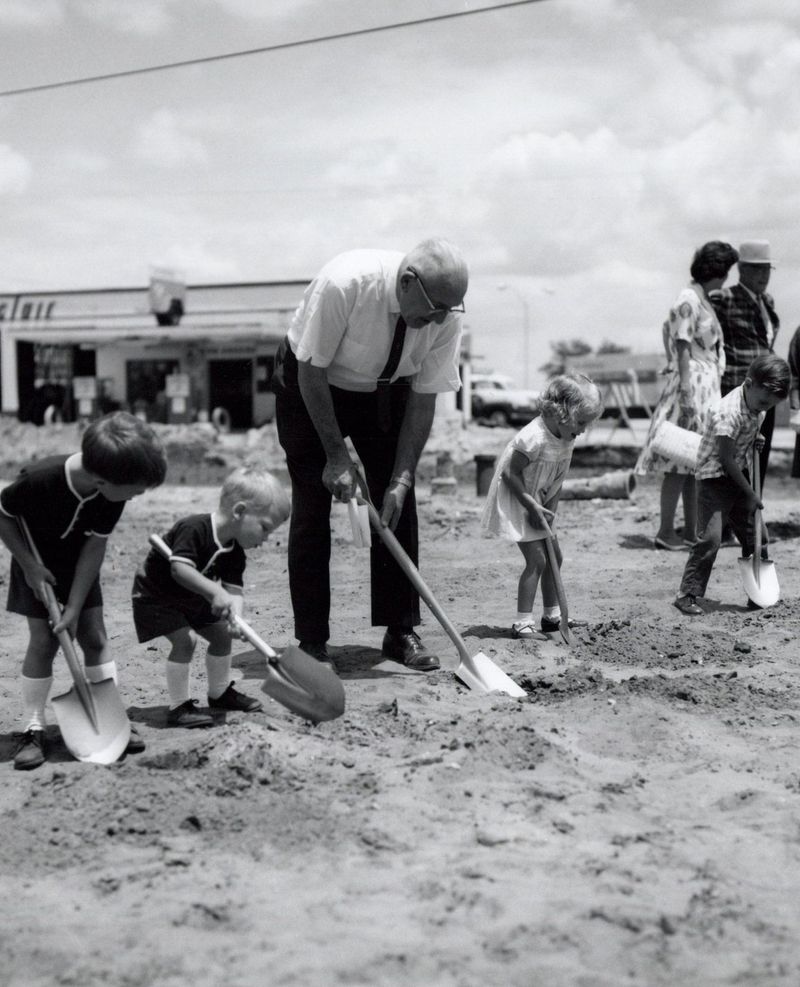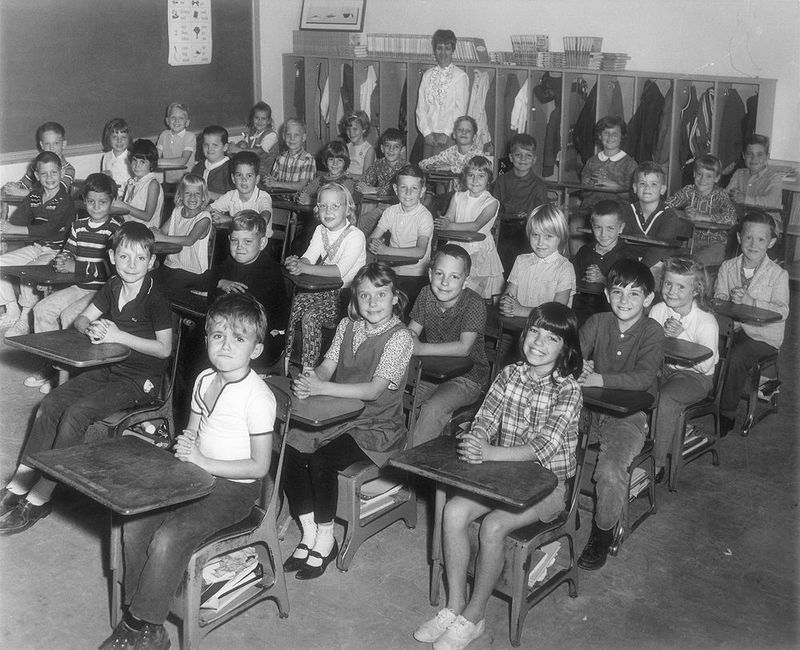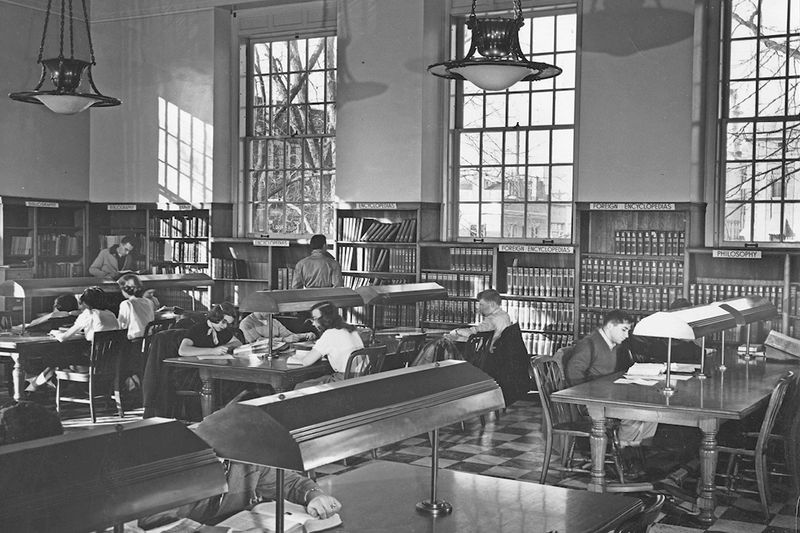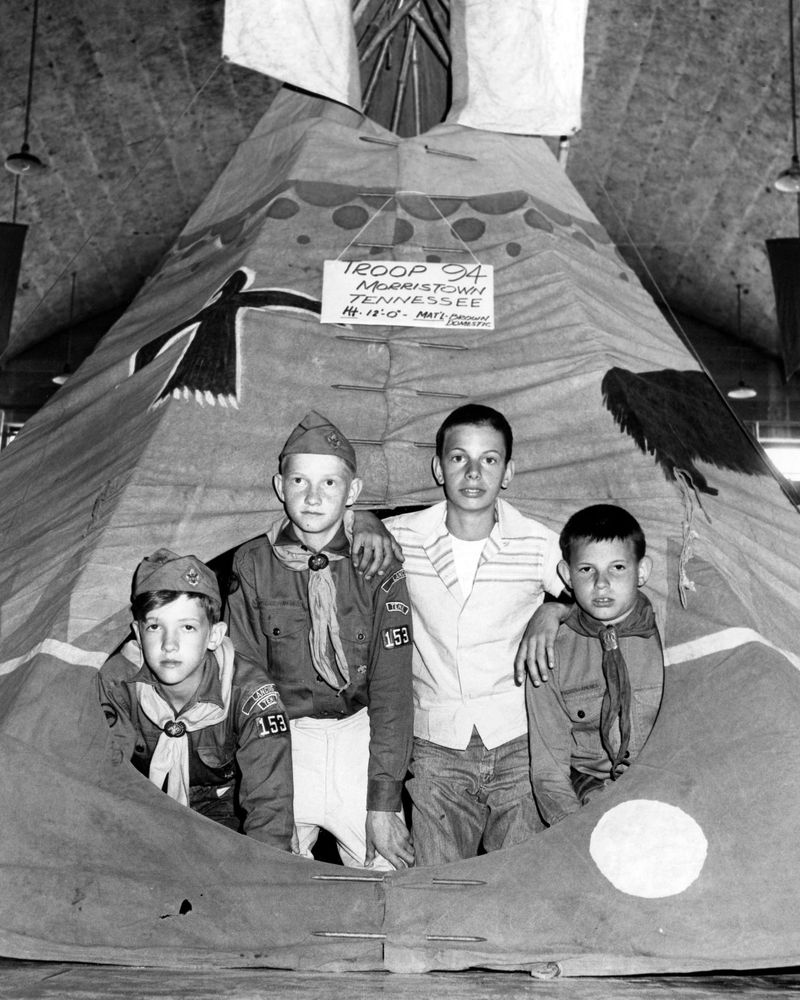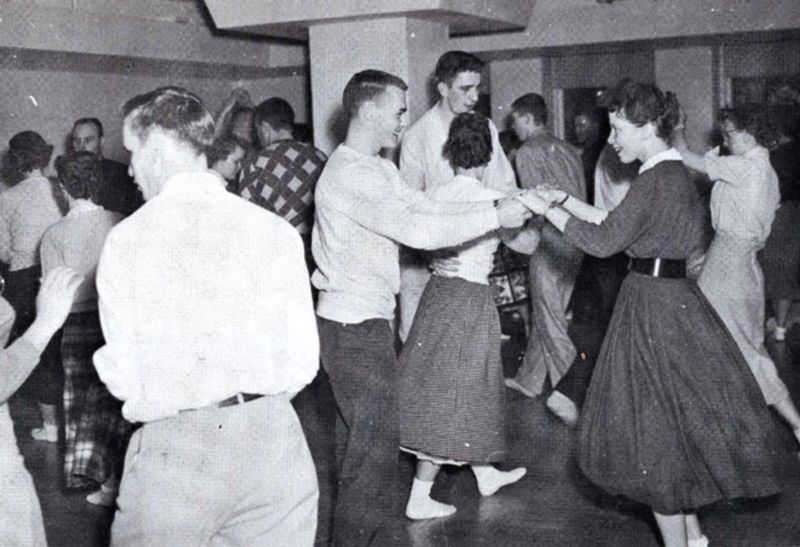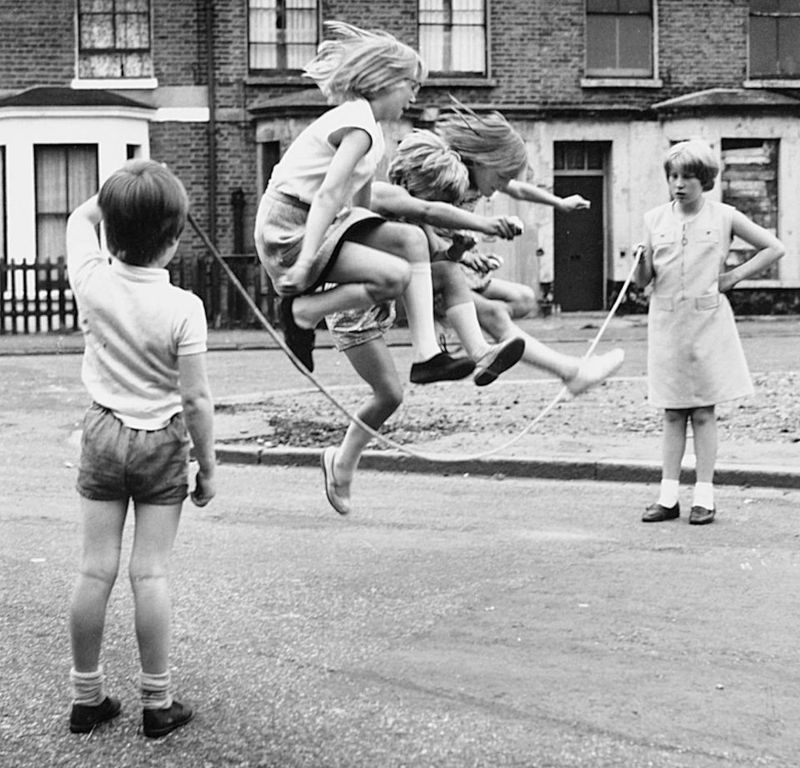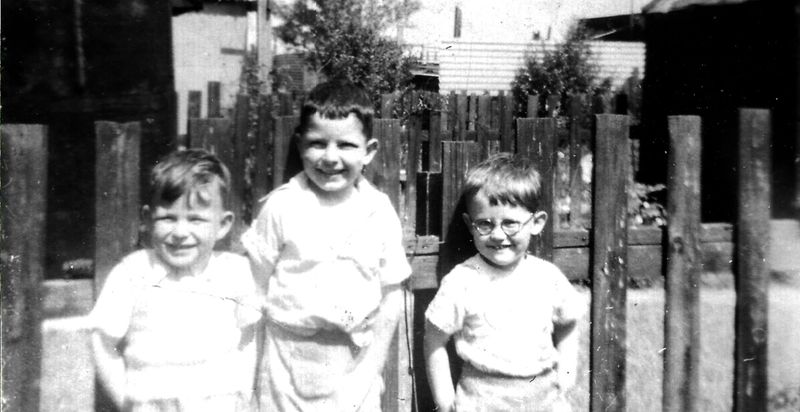Explore the stark contrast between after-school routines in the 1960s and the leisure-filled afternoons that modern kids enjoy today.
From strict schedules to limited technology, these bygone practices might surprise today’s children accustomed to digital entertainment and flexible schedules.
1. Homework before any free time
In the 1960s, homework was often the first task kids tackled after school. Parents believed in prioritizing education, and children were expected to complete assignments before any leisure activities.
This routine instilled discipline but left little room for spontaneity. Imagine coming home, dropping your school bag, and heading straight to the study table.
Modern kids, with endless digital distractions, might find this regimented approach quite daunting, craving more freedom to unwind after a long school day. The focus was on getting things done, leaving minimal time for play and relaxation.
2. Immediate house chores like dishwashing and cleaning your room
Back in the ’60s, children had to contribute to household chores immediately after school. Tasks like dishwashing or cleaning their rooms were common, teaching responsibility from an early age.
This routine was a non-negotiable part of their day. Modern kids, used to more leisure time, might balk at the idea of chores taking precedence over play.
They expect chores to be more flexible. Incorporating these responsibilities into daily life could foster a sense of accomplishment and community, yet it’s a stark difference from today’s more relaxed schedules.
3. Strict curfews enforced right after school
Curfews were strictly enforced in the 1960s, ensuring kids were home by a certain time. After-school hours were closely monitored, and being late could lead to significant consequences.
Modern youths might chafe against such strictures, as socializing often extends into the evening, facilitated by digital connectivity. The idea of a strict curfew might seem restrictive.
In the ’60s, the notion of freedom was more limited, with parents keen on ensuring safety and structure, leaving little room for the after-hours social life kids enjoy today.
4. No video games, smartphones, or instant messaging
In an era devoid of video games, smartphones, or instant messaging, children in the 1960s had to find entertainment through physical play and face-to-face interaction. Board games, books, and outdoor play were the norm.
Modern kids, surrounded by screens and digital interaction, might find this lack of technology a little isolating. They rely heavily on digital means for entertainment and connection.
While this could foster creativity and social skills, it also meant missing out on the instant gratification and vast entertainment options available today.
5. Long hours of rote learning and extra study sessions
Education in the 1960s often emphasized rote learning, with students spending long hours memorizing facts and attending extra study sessions. This method aimed to ensure academic excellence.
Today’s learners, accustomed to interactive and technology-driven education, might find this approach monotonous. They prefer engaging, hands-on activities.
While it cultivated strong memory and discipline, it left little room for creative thinking or collaboration, contrasting sharply with the diversified learning strategies prevalent in modern education.
6. Reading thick textbooks and library research instead of digital sources
Before the digital age, students relied heavily on library visits and thick textbooks for research. This meant long hours spent sifting through pages for information.
Modern students, with digital resources at their fingertips, might dread the idea of extensive library visits. They are used to quick access and search engines.
While the practice encouraged thorough research skills and patience, it contrasts with the fast-paced, digitally-driven research methods that students today prefer, offering a lesson in the value of persistence.
7. Mandatory participation in clubs, scouts, or church groups
In the 1960s, participation in clubs, scouts, or church groups was often mandatory. These activities were seen as essential for building character and community.
Modern children, who might prefer video games or online activities, could find such obligations restrictive. They value choice and personal interest.
While these activities fostered teamwork and responsibility, they left less room for individual preferences, contrasting with today’s focus on personalization and diverse extracurricular options.
8. Limited unsupervised socializing—mostly face-to-face only
Socializing in the 1960s was largely face-to-face and often supervised by adults. Unsupervised time with friends was limited and cherished. Today’s youth, with their easy access to virtual hangouts and social media, might find this limitation stifling.
They enjoy the convenience of digital interactions. While it encouraged genuine interactions and friendships, it also limited the scope of connections, a stark contrast to the global connectivity modern technology affords.
9. Early family dinners with no chance to hang out afterward
Family dinners in the 1960s were typically early and didn’t leave room for hanging out afterward. The focus was on spending quality time together, with scheduled activities following.
Modern kids, who often have more flexible schedules, might find this rigidity confining. They enjoy spontaneous plans.
While it emphasized family bonds, it also meant less time for post-dinner relaxation or socializing, differing from the more relaxed meal times and social schedules today’s families often experience.
10. Handwriting letters to friends instead of texting
Communication in the 1960s involved handwritten letters, a practice that required patience and time. Friends stayed connected by exchanging letters, often waiting days for a reply.
Modern kids, used to the immediacy of texting, might find this method unbearably slow. They thrive on instant communication.
While it cultivated thoughtful communication skills, it lacked the speed and convenience of today’s digital messaging, offering a nostalgic reminder of the power of a personal touch.
11. Unstructured outdoor play that was physically demanding
Outdoor play in the 1960s was often unstructured and physically demanding, with kids spending hours outside engaged in games like tag or tree climbing. This encouraged physical fitness and creativity.
Today’s children, accustomed to structured activities and digital play, might find the lack of organization challenging. They prefer guided experiences.
While it promoted independence and physical health, it lacked the safety and supervision that modern parents often require, showing a shift in parenting and playtime dynamics.
12. No scheduled leisure time—every minute was accounted for
In the 1960s, children’s schedules were tightly packed with activities, leaving little downtime. Every minute was accounted for, from chores to study sessions and family commitments.
Modern kids, who enjoy unstructured time, might find such regimentation overwhelming. They value the freedom to relax at their own pace.
While this scheduling instilled discipline and structure, it also meant less time for personal interests or relaxation, contrasting with today’s emphasis on balanced lives and personal well-being.
